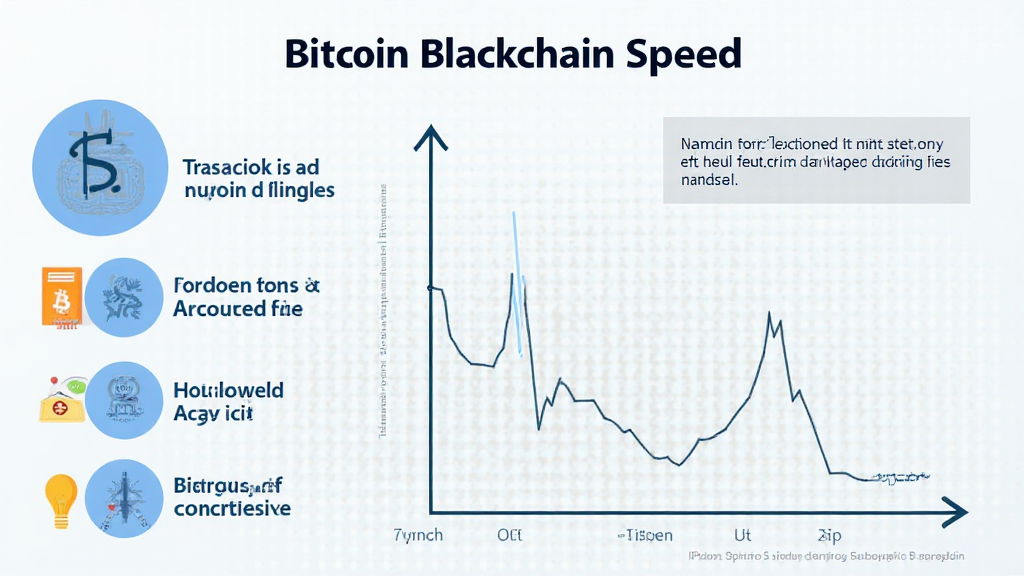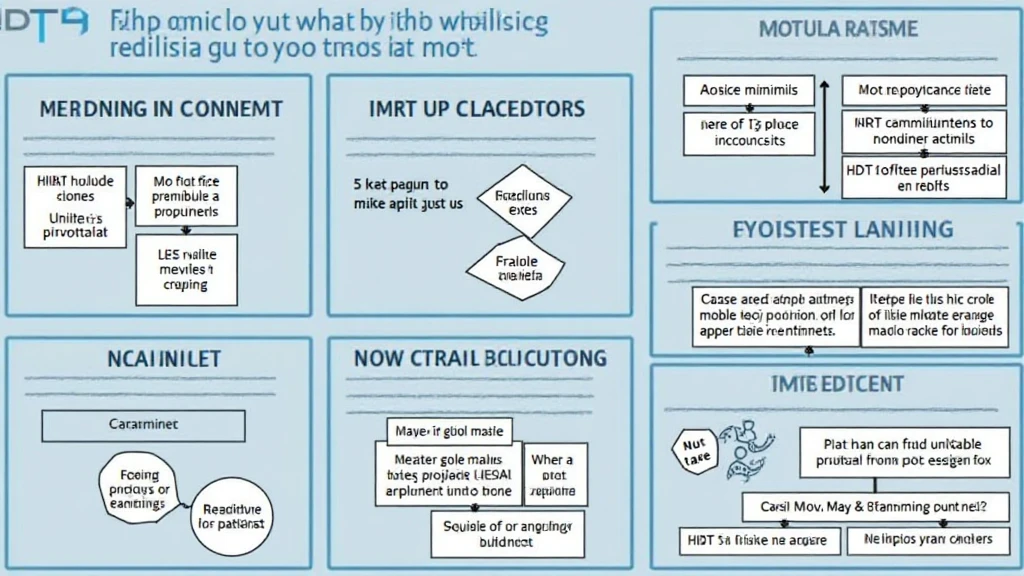Bitcoin Blockchain Transaction Speed: What You Need to Know
As the world of cryptocurrency continues to gain traction, understanding how Bitcoin blockchain transaction speed works is crucial, especially for new users and investors. In 2024 alone, $4.1 billion was lost due to DeFi hacks, highlighting the importance of securing digital assets while also optimizing their transaction efficiency. This article will delve into the essentials of Bitcoin transaction speeds, their implications, current statistics, and future projections.
Understanding Bitcoin Transaction Speed
When we talk about transaction speed in the context of Bitcoin, we are referring to the time it takes for a Bitcoin transaction to be confirmed and added to the blockchain. This process is influenced by various factors including the size of the transaction, network congestion, and transaction fees.
- Transaction Size: Larger transactions can take longer to process than smaller ones.
- Network Congestion: When the network is busy, transactions may be delayed.
- Transaction Fees: Higher fees can incentivize miners to prioritize specific transactions.
On average, a Bitcoin transaction takes about 10 minutes to be confirmed, but this is not a hard rule. Transactions can take longer during periods of high demand.

Factors Affecting Transaction Speed
Several factors can play a pivotal role in determining how quickly a Bitcoin transaction is processed. Let’s break it down:
1. Network Activity
During peak times when many users are making transactions, the network may slow down. This congestion can lead to longer transaction times as miners prioritize which transactions to process based on the fees they offer.
2. Transaction Fees
If you’re willing to pay a higher fee, miners are likely to pick up your transaction more quickly. Conversely, if you set a lower fee, it may take longer to confirm.
3. Block Size Limitations
Bitcoin has a block size limit of 1MB, which can accommodate only a finite number of transactions. When this limit is reached, transactions get queued, leading to longer wait times. This is where second-layer solutions come into play, such as the Lightning Network, which allows for faster transactions off the primary blockchain.
Bitcoin’s Scalability Solutions
As transaction volumes rise, the need for scalability becomes critical. Here are some solutions that have been proposed and implemented:
- Segregated Witness (SegWit): This upgrade helps to increase the capacity of transactions in a block, allowing more transactions to be confirmed faster.
- Lightning Network: A second-layer solution that allows for near-instant transactions between parties and significantly reduces congestion on the main chain.
- Batching Transactions: Consolidating multiple transactions can also increase efficiency and reduce the number of transactions needing confirmations.
Latest Statistics and Data
According to blockchain research, the average block processing time has remained steady around 10 minutes. However, this is heavily influenced by real-time data. For instance, in October 2023, the average transaction fee rose significantly during peak usage times.
| Month | Average Transaction Fee | Average Confirmation Time |
|---|---|---|
| January 2023 | $1.20 | 9 minutes |
| April 2023 | $3.00 | 12 minutes |
| July 2023 | $2.50 | 10 minutes |
| October 2023 | $5.00 | 15 minutes |
As seen in the table above, during spikes in market activity, both transaction fees and confirmation times tend to rise.
The Future of Bitcoin Transaction Speed
The constant evolution of Bitcoin technology and its community-driven upgrades aim to address transaction speed issues head-on. As newer technologies emerge, such as potential future upgrades or sidechains, they may present even further enhancements in transaction efficiencies and user experience.
- Advancements in Layer 2 Solutions: The ongoing development of solutions like the Lightning Network will likely improve transaction speeds significantly by the end of 2025.
- Increased Global Adoption: With the rise of Bitcoin’s utility, more users mean more scalability challenges, hence the potential increase in transaction speeds through innovative solutions.
- Emerging Markets like Vietnam: Vietnam’s crypto-user growth rate is anticipated to surpass 25% annually, influencing transaction speed benchmarks.
Conclusion
Understanding Bitcoin blockchain transaction speed is crucial for anyone engaged in cryptocurrency. As technologies improve and the ecosystem evolves, staying informed about transaction times, fees, and the implications of network congestion is essential for optimizing digital asset management. Notably, as the Vietnamese market continues to grow with its unique challenges and opportunities, staying ahead of transaction speed nuances will be fundamental to achieving success in the crypto space.
Remember, this information is not financial advice. Always consult local regulators when dealing with cryptocurrencies.
For further insights on optimizing your crypto journey, check out hibt.com for resources and updates.
Author: John Doe, a blockchain expert with over 20 published papers on cryptocurrency technology and has led numerous high-profile project audits in the blockchain domain.





